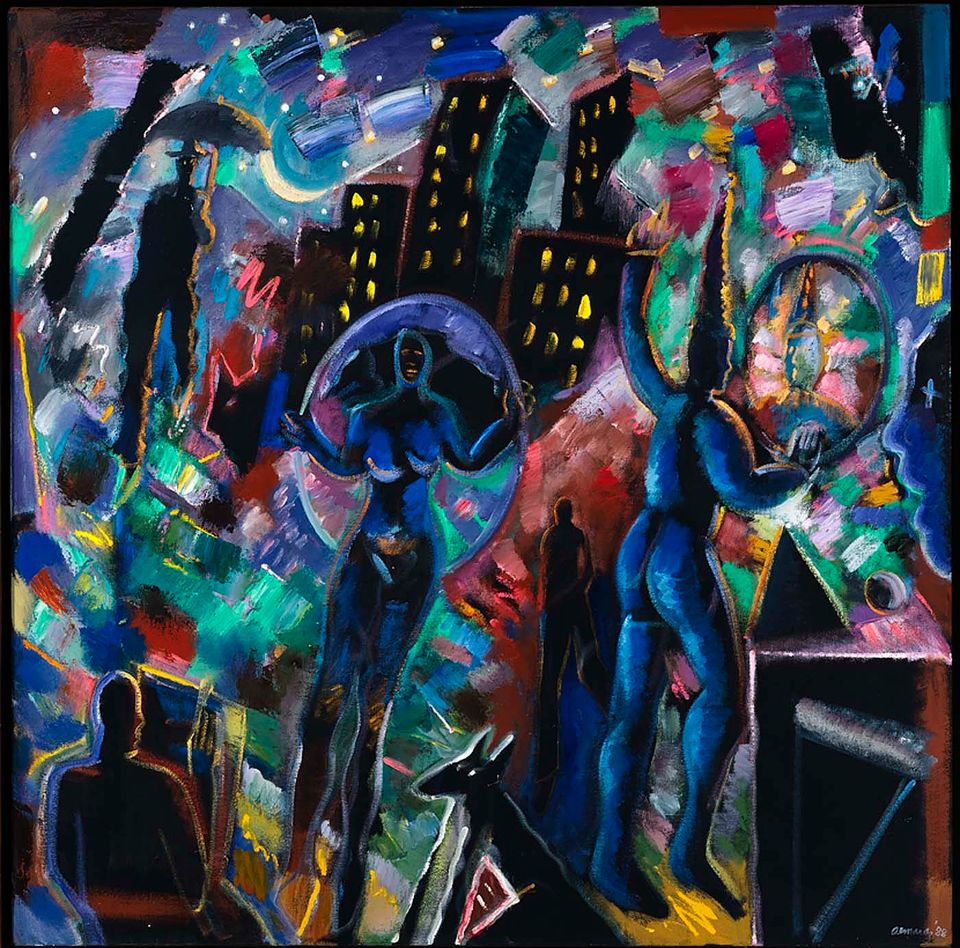María Martínez-Cañas
- Also known as
- Maria Martinez-Canas
- María Martínez Cañas
- Maria Martinez Canas
- Born
- Havana, Cuba
- Active in
- Miami, Florida, United States
- Biography
When María Martínez-Cañas was three months old, her family emigrated from Cuba to Puerto Rico in the wake of Castro's political revolution. She developed an early "child-curiosity" with cameras and eventually she studied photography in Philadelphia and Chicago. In 1985, Martínez-Cañas received a Fulbright-Hays grant to study in Spain for six months, exploring Cuban maps from the sixteenth through eighteenth centuries that recorded Spanish explorations of the strategically positioned island. The trip had a profound and lasting influence on her work, as she explains: "For the last few years my work has dealt with the search for a personal identity … the daily life of Cuban culture before the revolution, family stories, memories of Cuba where I was born but have no recollection of. After a while, I find myself with a terrible need of discovering, on my own, that which has been so unknown for so long. I am dealing … with a terrible sense of … separation, and alienation. I have always experienced a desire to belong to a 'particular place.' "
Jonathan Yorba Arte Latino: Treasures from the Smithsonian American Art Museum (New York and Washington, D.C.: Watson-Guptill Publications, in cooperation with the Smithsonian American Art Museum, 2001)















